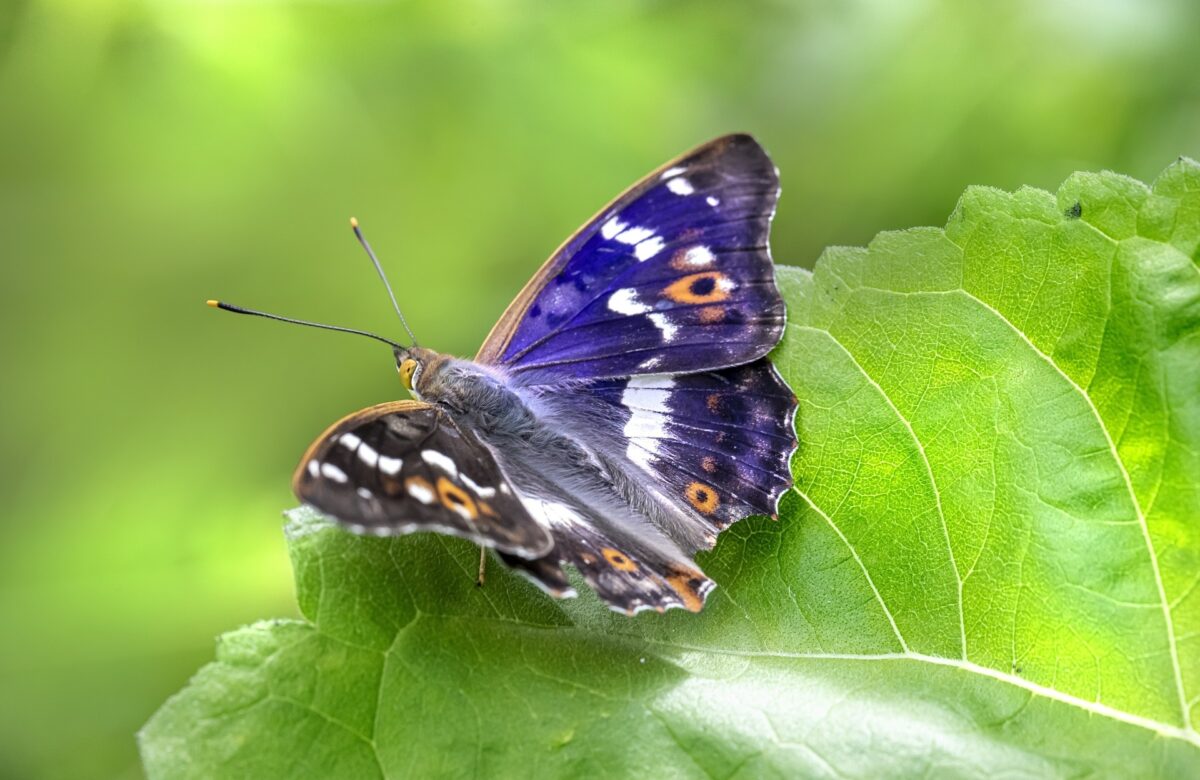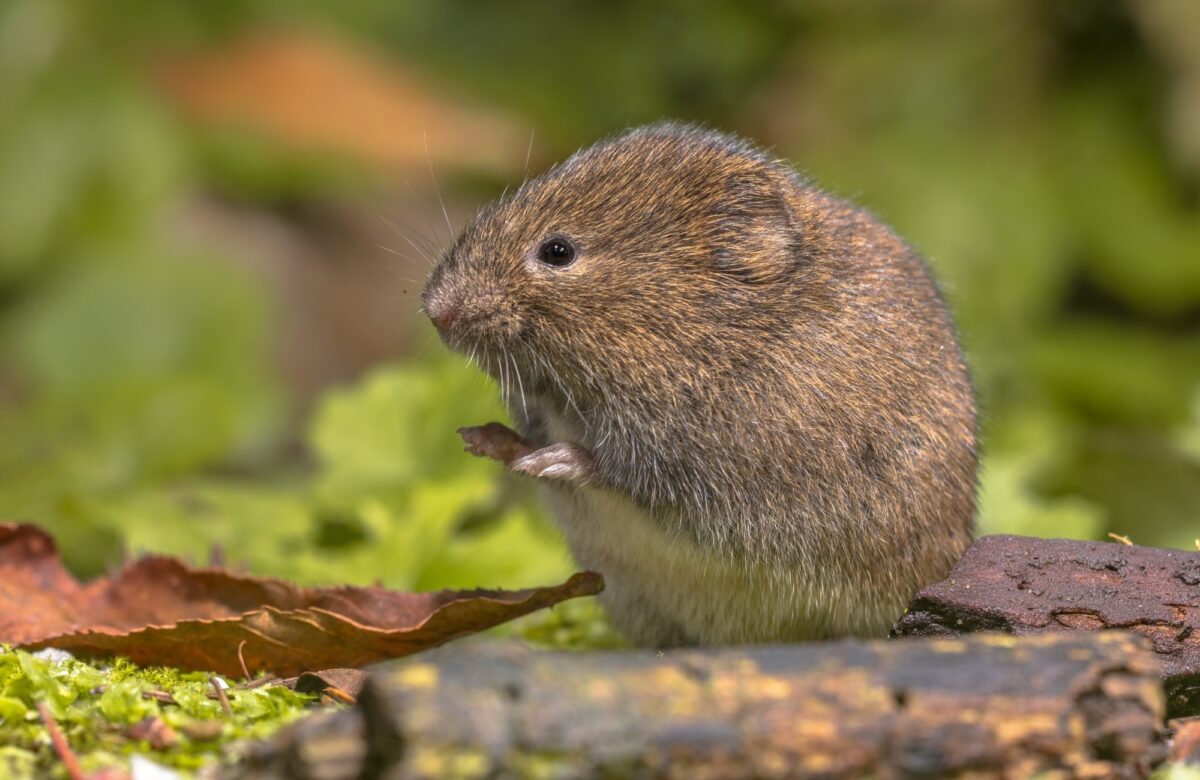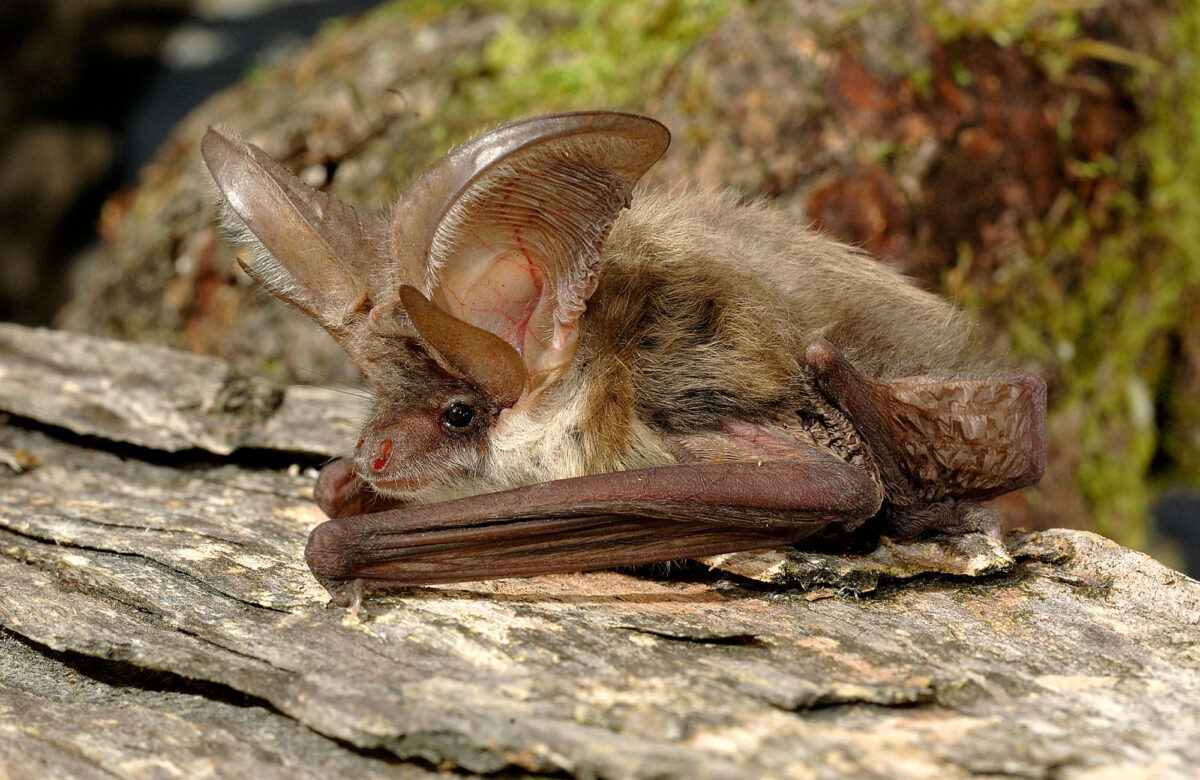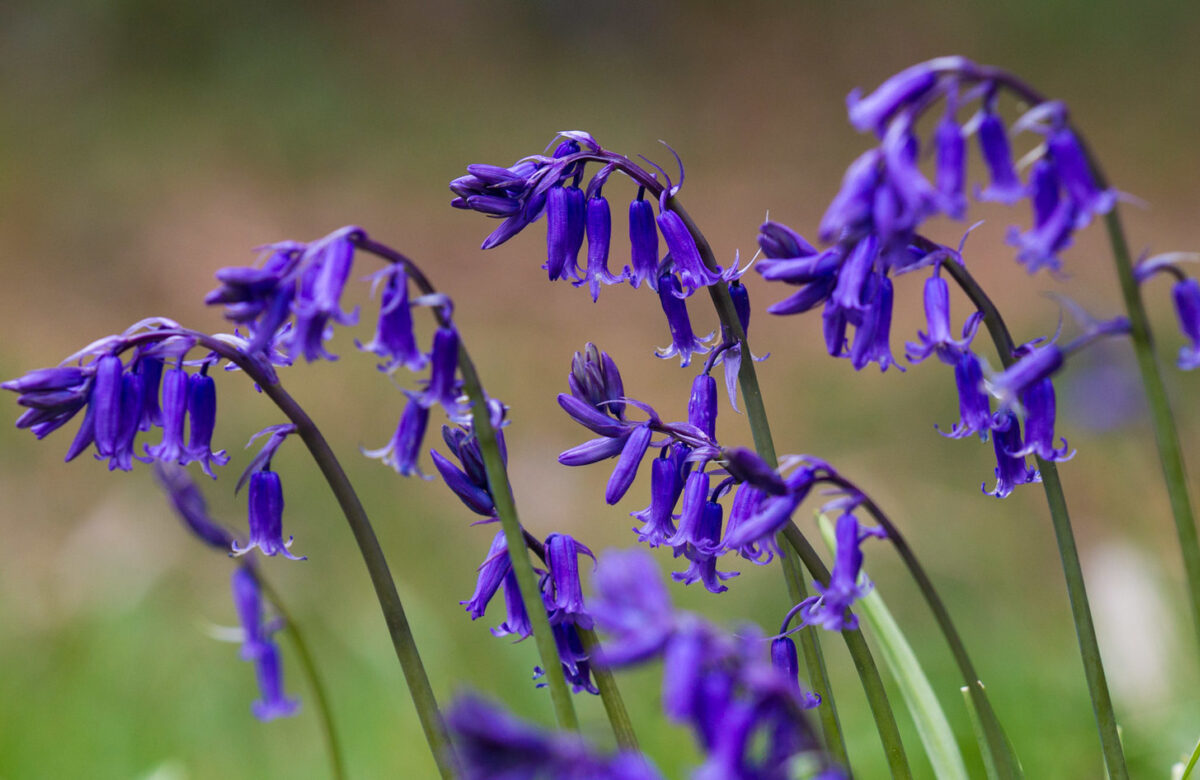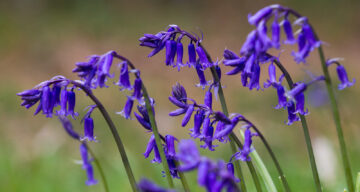Something exciting is happening: Landscape restoration at Thorndon Country Park
Restoring the landscapes of our past for the future.
Landscape Restoration Works at Thorndon Spring 2025
During winter 2024 and spring 2025 we started our wonderful landscape restoration works at Thorndon, funded by the government's Countryside Stewardship scheme to help boost biodiversity and nature recovery for the future.
This meant some fencing and track works have been taking place to pave the way for our grassland restoration programme.
View our flyer for FAQs including where the fencing works to pave the way for grassland restoration are taking place and how your visit may be impacted.
View our flyer for FAQs on the track works.
As of end April 2025, we're pleased to confirm that our fencing and track work is complete, although some large machinery remains on site to put the livestock water supplies in place.
Ongoing effort will take place to make the areas good again, and they will soon start to thrive.
Thorndon Country Park
Thorndon Country Park is special site of over 500 acres of rich landscape from beautiful broadleaf woodland and wood pasture to lush open parkland, meadows, ponds and lakes – dating back over 600 years.
Official records for Thorndon date back to just before William the Conqueror's Domesday Survey of 1086, although there would have been settlements here dating back much further.
The magnificent landscape was once part of the original Thorndon estate which dates to 1414 and the reign of King Henry V, when Welsh merchant Lewis John was granted royal permission to empark 300 acres of land around his lodge for deer hunting.
Today, Thorndon Country Park is ecologically rich, and the combination of habitats have local, national and international significance.
The wood pasture and woodland is a Site of Special Scientific Interest (SSSI), and the veteran trees are of international importance.
Thorndon is also Grade II* listed on the English Heritage register of Historic Parks and Gardens. And a Regionally Important Geological and Geomorphological Site.
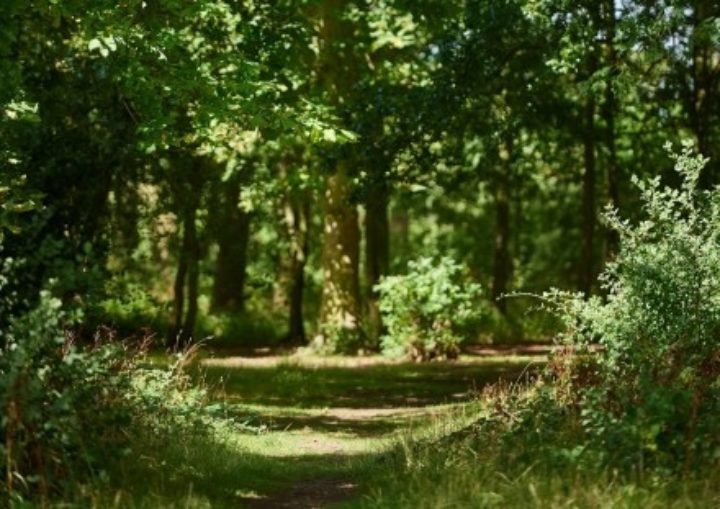
What are we doing at Thorndon Country Park and why?
Once dominating the British landscape, wood pastures are now rare. We have lost much of this valuable mix of habitat which is important for a variety of common and rare wildlife.
Great Britain is home to some of the best veteran trees in northwestern Europe, which provide a refuge for many rare and declining insects and fungi.
At Thorndon a carefully planned programme of woodland management and restoration of wood pasture areas will be carried out to support a nationwide effort to protect and enhance this natural environment for the future.
A series of habitat audits and focussed surveys for plants, invertebrates and mammals, including working with local groups such as the Essex Bat Group, will be ongoing to check the impact and ensure that the restoration and management of the wood pasture and veteran trees is successful.
This work is agreed by, and a requirement of,Natural England(the government’s statuary body responsible for natural green infrastructure) and part of a government funded programme known as Countryside Stewardship. This work is also part of our Nature Recovery strategy at the Essex Country Parks.
The restoration, and management works will take place over a number of years.
Positive Impact on Climate Change
"Restoring nature is our primary defence against climate breakdown.
Natural ecosystems suck up 60% of our carbon emissions, and nature-based solutions, like planting trees, nurturing soils, and restoring ecosystems, can provide over a third of the climate solutions needed until 2030 with huge benefits for biodiversity."
Read more on CPRE The Countryside Charity.
"Woodland scale nature recovery isn’t just about planting trees. It’s about caring properly for the woods we already have: balancing groves of denser trees with more open areas; encouraging natural regeneration; creating glades for flower-rich grasslands and ponds; leaving deadwood to be used by wildlife. It’s about boosting the health of the very soil the trees grow from."
Read more on The Woodland Trust.
Wonderful wood pasture
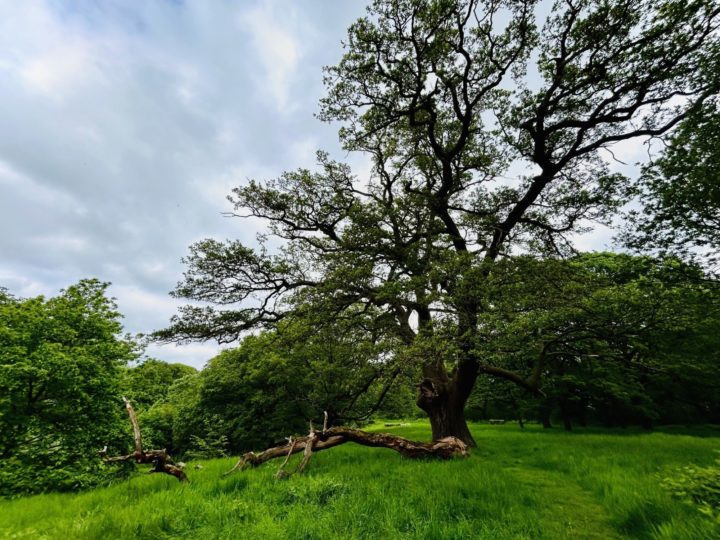
Wood pasture, such as heath, common and deer park, was once widespread in the country but much of this important habitat has been lost as scrub and trees have grown up and changed the landscape.
Wood pasture provides a valuable environment for wildlife as it combines a rich mix of trees (often old and veteran) and open grassland, heather and plants. Together these habitats support many rare and threatened species, as well as more common flora and fauna.
Wood pasture attracts both woodland and grassland species as well as its own specialists.
In particular wood pasture and the opening out of woodland is important for mammals such as bats and birds, voles, weasels, insects and butterflies including the silver washed fritillary and mompha langiella moth (which is declining locally).
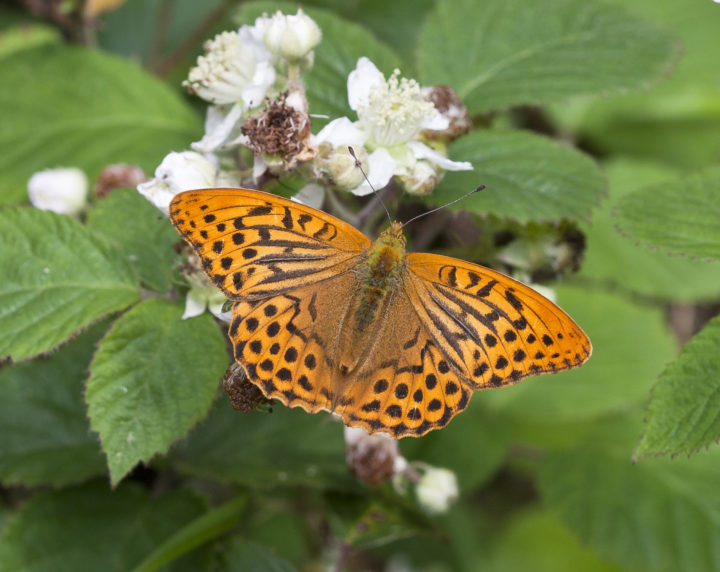
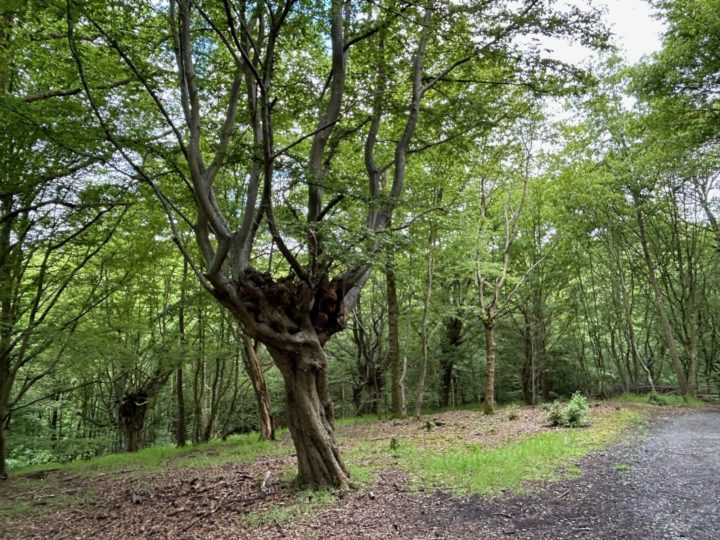
How are we restoring wood pasture at Thorndon Country Park?
To carefully restore more areas of wood pasture at Thorndon some targeted trees and scrub, including the silver birch which quickly grow and dominate, will be removed.
This will open the landscape up, let sunlight in and allow grass, flowers and plants to grow which will benefit a wide variety of wildlife.
In some areas of the park, such as the Deer Park at Thorndon North and around the Menagerie at Thorndon South, the canopy of trees will be much reduced to re-create this habitat which has been lost over the years.
This work will include the taking out of some non-native conifers and the continuing removal of invasive alien species including laurel and sycamore throughout the woodlands.
The impacted birch trees are either at the end of their life or failing due to recent years of drought.
Removing competing trees will benefit the ones that remain, allowing them to grow to their full potential.
Pollards are an important feature of wood pasture, so we will be creating some new ones for the future. A pollarded oak can harbour up to 2,300 species!
The aim is to create a varied height, structure and age to the remaining trees, to form a healthy woodland and wood pasture which will be sympathetically managed for the future.
As part of this planned programme*, some new parkland trees will be planted. Work will also take place to protect and preserve the veteran trees.
How will we manage good wood pasture?
Historically, grazing animals created the landscape at Thorndon, which was common land for hundreds of years before becoming a deer park.
Without the grazing, invading scrub, bramble and silver birch and other trees have taken over.
Reintroducing animals to graze these areas of land prevents the grow back of the scrub and trees. This natural method is far more effective and wildlife friendly than using machines to manage these special places.
A winning combination of native Cheviot goats and sheep will work together, tackling tough grasses, bramble and young birch for sixteen hours a day, getting to the places machines can’t reach.
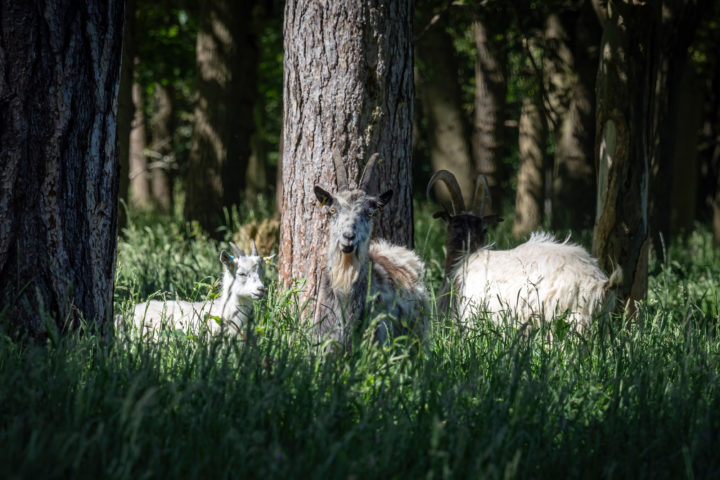
Good grassland
At Thorndon we are also planning to improve our areas of grassland to benefit plants, insects and reptiles.
We will continue to graze our fields and wood pasture, using native Red Poll cattle, known for their gentle nature, rare breed sheep and goats. New and replacement fencing will be installed to allow us to control and target our grazing efforts to achieve the best results.
The cows and sheep eat just enough grass for wildflowers to flourish which in turn increases the variety of insects and pollinators. Their grazing also controls the spread of scrub which we need to maintain at certain levels.
We have grazed our fields for many years and they are already in good condition. The work already undertaken is starting to pay off. Visit Thorndon in the summer to see large numbers of wildflowers, along with butterflies, bees and other insects for yourself.
Grassland for Carbon Capture
"UK grasslands store two billion tonnes of carbon in their soils, but this is vulnerable to disturbance. Between 1990-2006, conversion from grassland to arable production (such as ploughing to grow crops) released 14 million tonnes of CO2. Species-rich grasslands are huge carbon stores and when managed carefully they lock in carbon and boost biodiversity.
Grasslands have a huge potential for locking up carbon, not only due to the plants we can see on the surface, but also due to the relationships between the plants, fungi, bacteria and many other species which help enrich the soil with carbon."
Read more on The Wildlife Trusts about the importance of good grassland in the UK.
Our veteran trees
Thorndon is nationally and internationally important for veteran trees and the rare fungi and invertebrates, including endangered beetles, lichens, birds and bats and other species that call them home.
A veteran tree tends to have a large trunk often adorned with fungi, large holes and gnarled and twisted branches forming fantastic shapes.
As well as contributing to the beauty of the landscape they are important historically and culturally and hugely beneficial for the biodiversity of our woodlands.
Conserving our veteran trees and identifying new ones for the future is important, as their many nooks and crevices provide many habitat niches that do not exist on younger trees.
Some careful surgery and reduction of branches may take place to help prolong the life of the tree. Dead wood is left close to the tree to allow resident insects to re-colonise and reduce shading by taking out younger trees from the immediate surroundings.
Read more at Forestry England and The Woodland Trust on the importance of Wood Pasture.
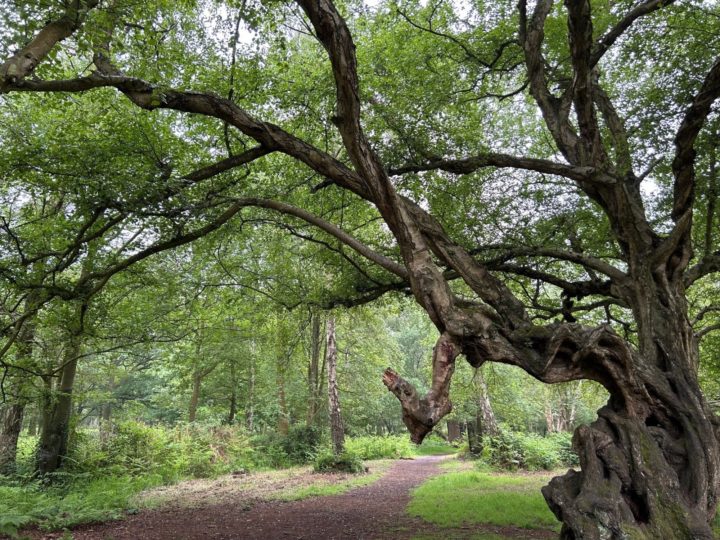
Top ten for endangered beetles at Thorndon
Excitingly, a Natural England survey of Thorndon Country Park carried out in Autumn 2023, concluded that it is now one of the top ten sites in England for saproxylic beetles.
European saproxylic beetles depend on dead and decaying wood for a large part of their lifecycle. They play a crucial ecological role, contributing, along with fungi, to the breaking down of deadwood and the recycling of nutrients back into the landscape.
They are also an important food source for birds and mammals and some pollinating species.
Many of these beetles are critically endangered and the ancient and veteran trees at Thorndon provide a crucial habitat.
Some of the rare species of beetle found at Thorndon include:
- Megapenthes lugens
- Ampedus cardinalis
Discover Landscape Restoration projects across the Essex Country Parks
The work taking place at Thorndon is just part of an ambitious scheme across the Essex Country Parks.
Learn more about the other exciting projects funded by the government's Countryside Stewardship scheme and Essex Highways.
Please rest assured that this ambitious landscape restoration and nature recovery work does not impact on the nature of the park, to provide a beautiful green space, children's sculpture trail and accessible footpaths and trails for our visitors.
Get involved
To get involved and volunteer at Thorndon Country Park call and leave a message: 01277 211250.
Essex Forest Initiative (EFI) tree planting schemes have taken place at across the Essex Country Parks in recent years. To volunteer to plant trees with EFI contact them.
*Thorndon Country Park works closely with Essex County Council’s (ECC) Place Services ecologists and Natural England Site of Special Scientific Interest (SSSI) advisors.
